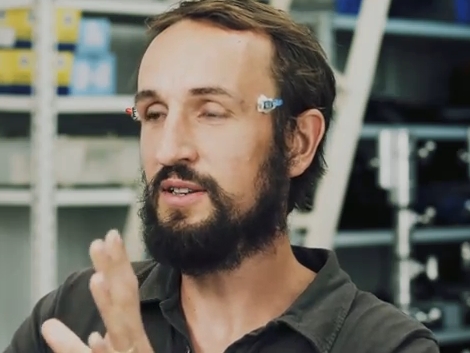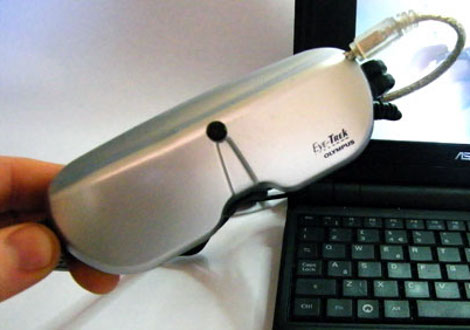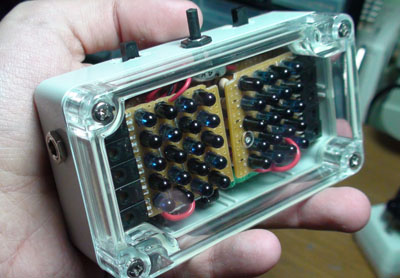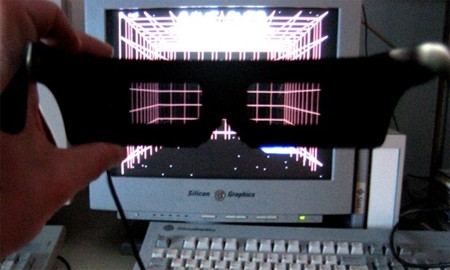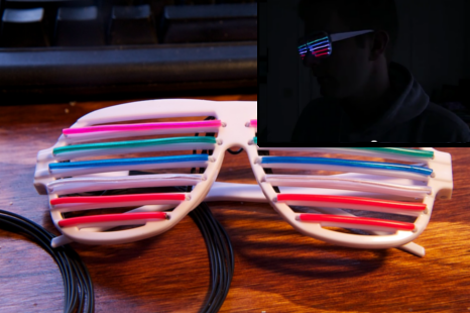
[Ch00f] has decided to ring in the new year with some el wire Kanye glasses. Technically the term for the glasses is either “shutter shades” or “slatted sunglasses”, invented around the 80s by [Alain Mikli] and originally given the nickname “Venetian Sunglasses”. Kanye West evidently got his own retro redesign by the original creator and the rest is history. That is enough Wikipedia for now. [Ch00f] has augmented the original design with six multicolor tracks of EL wire mounted to the shutters of the glasses. The EL wire is fed back through several discrete wires around the wearers ear and to two control boxes. As the video shows, the glasses function as a crude V/U meter based on the audio received by the driver circuit.
Instead of the typical microcontroller [Ch00f] (who has some kind of deep seated issues agaist the Arduino) decided to go full blown analog with the entire design. The audio signal is fed through various Op Amp circuits first amplifying the weak microphone signal then filtering with a low pass filter to focus on the bass frequencies. The filtered bass is then sent to an envelope detector to turn the audio wave into a DC voltage signal. Keeping with the Op Amp design [Ch00f] then uses a resistor ladder and six comparator circuits (with TRIACs on their outputs) to tune the trigger voltage levels of the EL bars. The TRIACs get to deal with the 100 or so volts for the EL strips so that [Ch00f] doesn’t have to party with six EL power supplies in his pocket. For those of you counting at home, that is a total of 13 Op Amps.
The results are fantastic, check the video below to see the glasses in action. Reportedly the circuit does freak out and lock all of the TRIACs in an on state, but a covert flip of the power switch fixes the issue for now. [Ch00f] admits that the project was rather rushed due to the impending new year’s eve party, but now that that is all over with we just need to get [Ch00f] to roll out a stereo version. If you need more [ch00f] we have covered a few of his projects before such as his Icebreaker POV toy hack and a ghetto accelerometer using a reflection sensor.
Thanks for the tips [Daniel] and [Sanchoooo], also via [reddit]. Happy new year!

